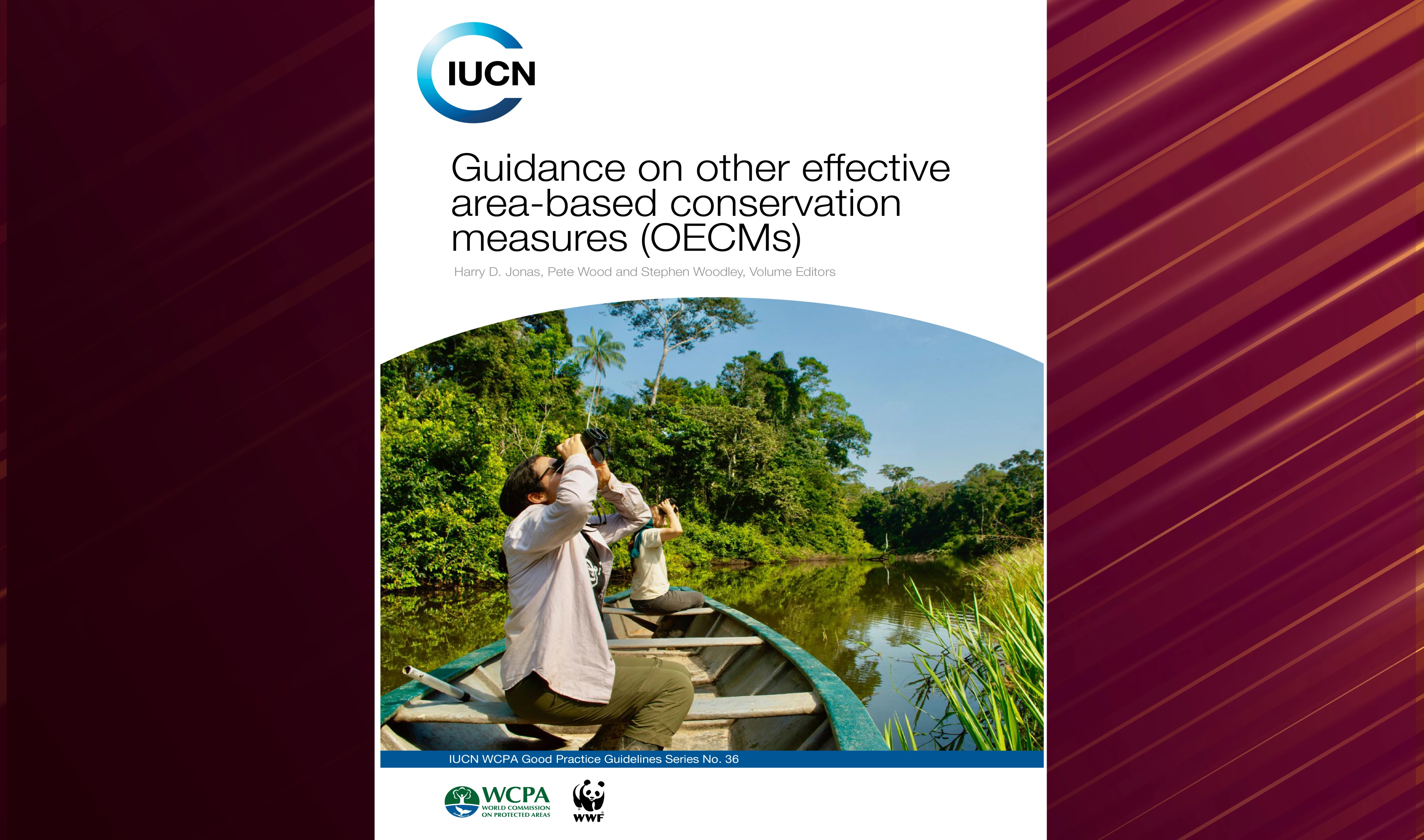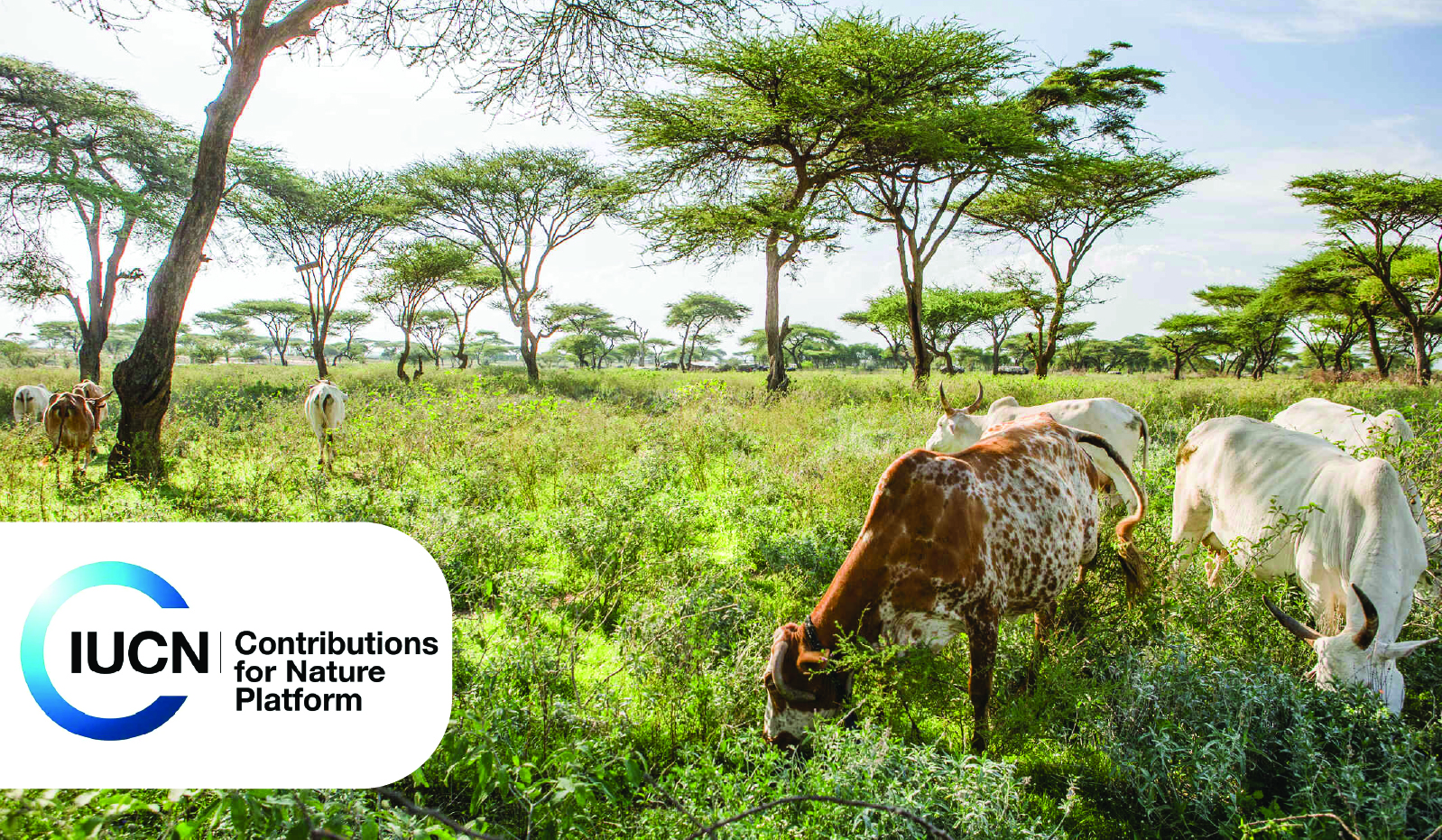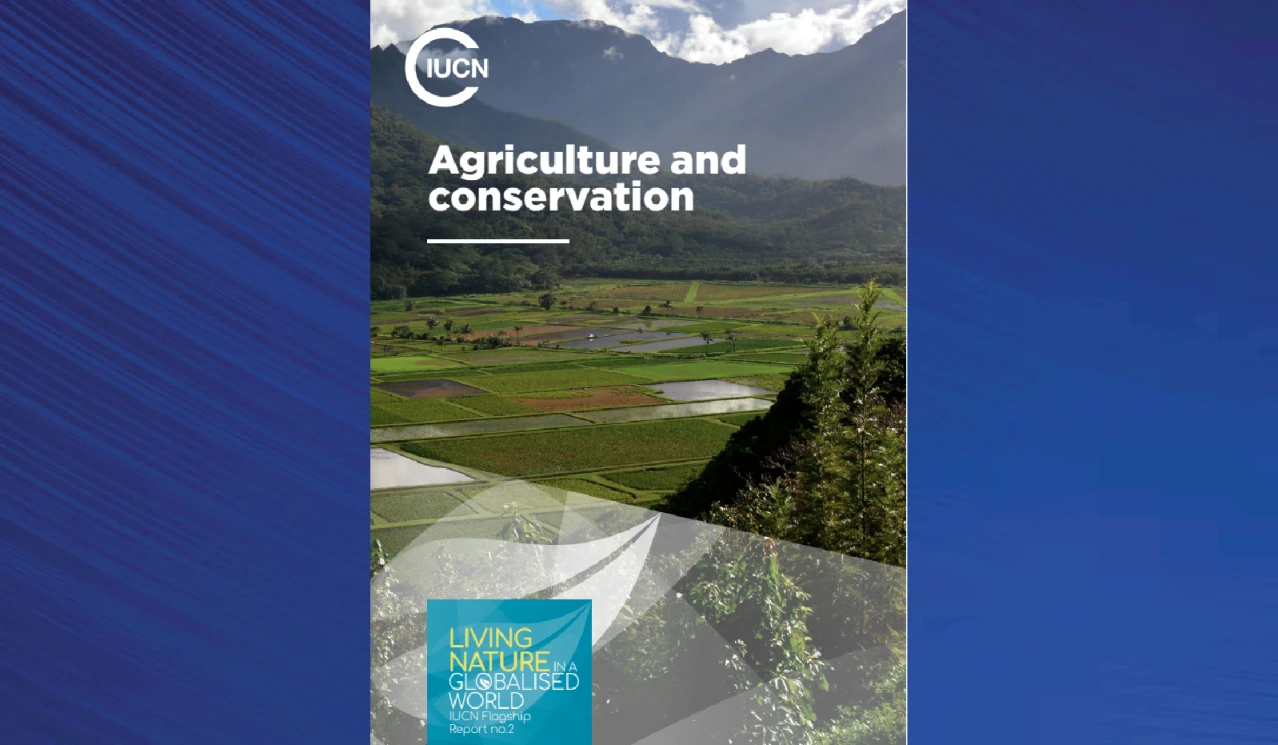Apart from Western Ghats, two national parks in India – Assam’s Manas national park and West Bengal’s Sundarbans national park – have also been categorised as being of “significant concern”.
- IUCN World Heritage Outlook assesses the conservation prospects of all World Heritage sites inscribed for their natural values.
- The outlook categorizes sites in four categories - Good, Good with some concerns, Significant Concern, and Critical.
- Significant concern outlook means that site’s values and underlying attributes are threatened by several current and/or potential threats, requiring additional conservation measures.
About Western Ghats
- Length: About 1,600 km long, they are a chain of mountains older than the Himalayas and running parallel to India’s western coast.
- Spread across six states: Gujarat, Maharashtra, Goa, Karnataka, Kerala and Tamil Nadu.
- Ecological Significance: A UNESCO world heritage site and one of 36 biodiversity hotspots on Earth.
- Recognized as one of the world’s eight ‘hottest hotspots’ being habitat to some 325 globally threatened (listed in IUCN’s Red List) species including Nilgiri Tahr.
- Best representative of non-equatorial tropical evergreen forests.
- Influence the Indian monsoon weather pattern, acts as key barrier intercepting rain-laden monsoon winds coming from southwest, and moderates tropical climate of the region.
Threats to Western Ghats
|






